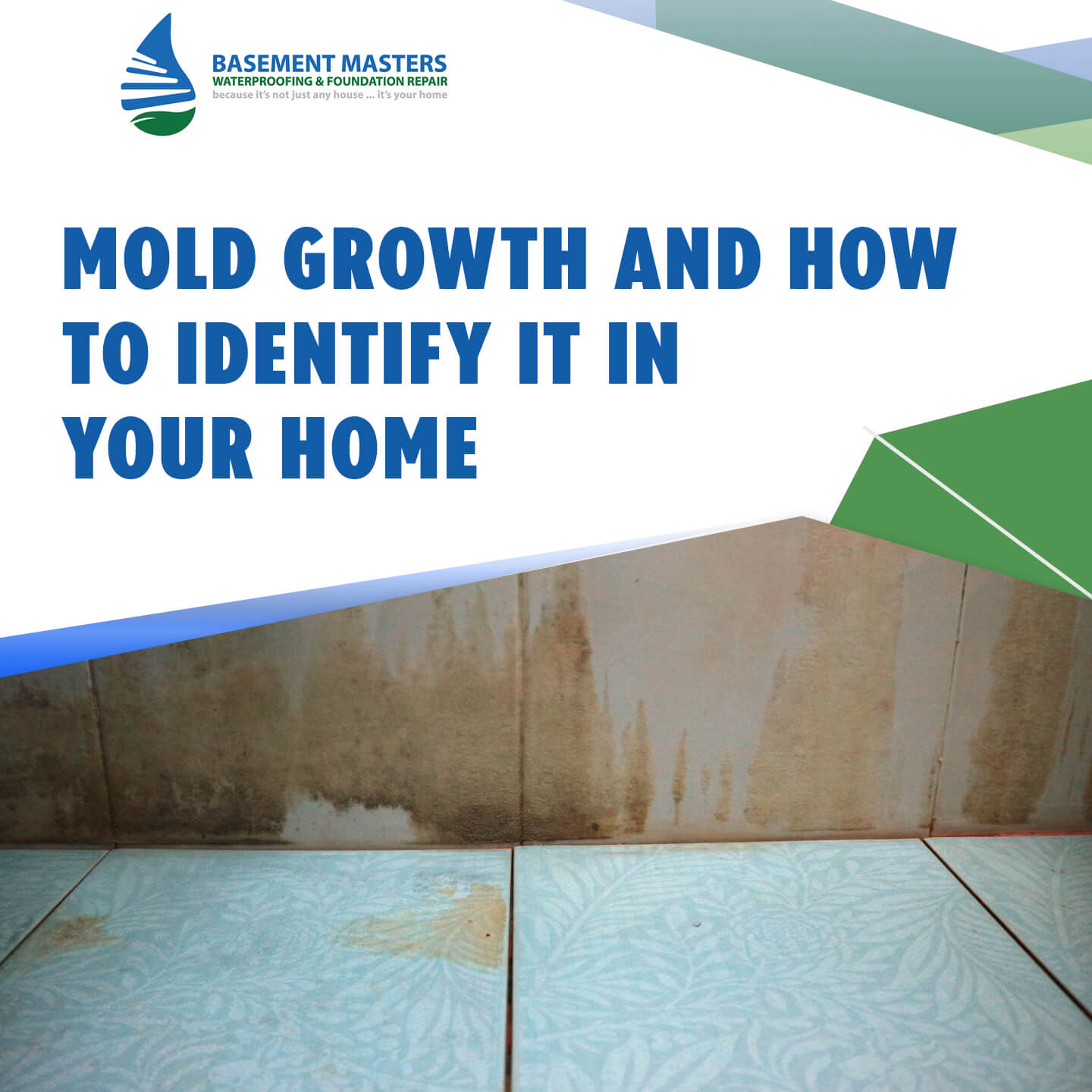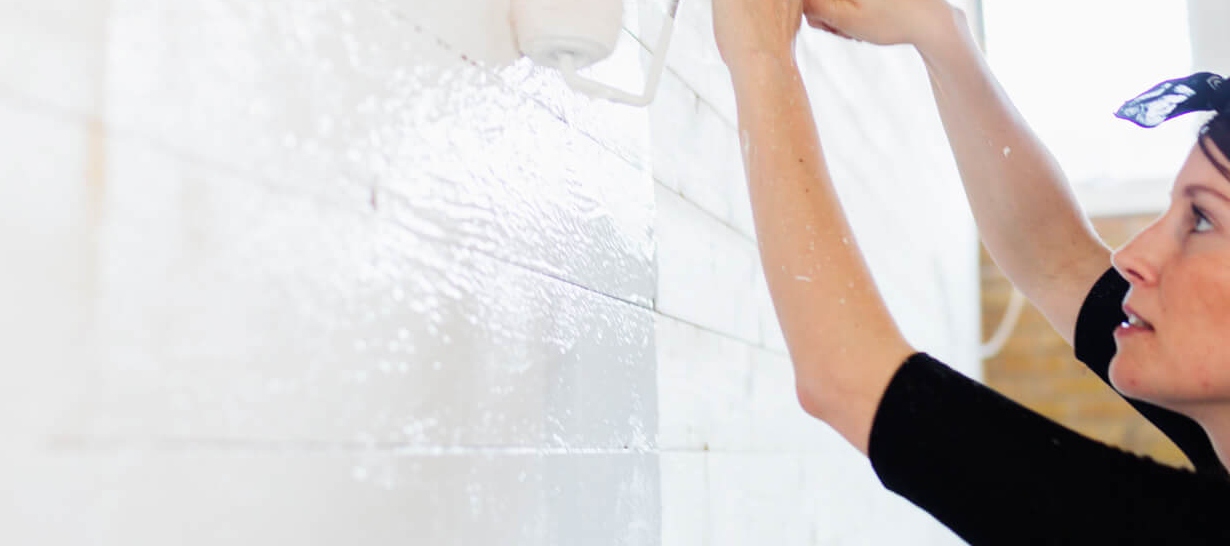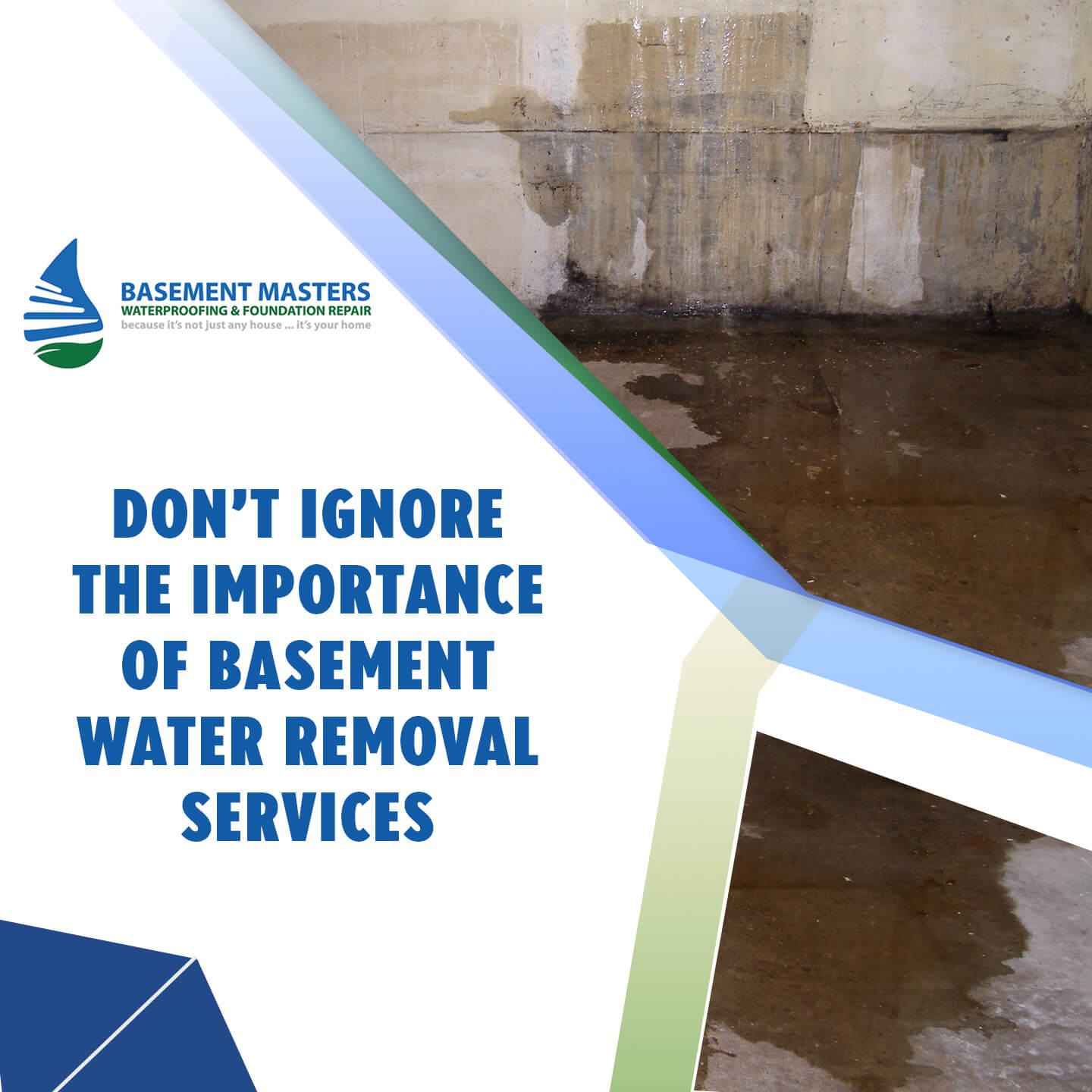In addition to cleaning up the areas where you may see the mold, you should also check for growth spores. Never forget: it is important to avoid breathing moldy air and its smell! If you suspect that your home is a candidate for mold growth, you may be wondering what to do.
While moisture buildup can be a little inconvenient, it can also lead to mold growth. Water system failure is a common cause in most homes. If you have problems with excess moisture buildup, you should consider purchasing a moisture meter.
This tool will help you get more accurate readings and identify potential problems before they become too large to fix, even if there are underlying conditions for mold growth.
Checking out your kitchen can be a great first place to look.
If you have children, they often put things in their mouths and mold can easily form on moist surfaces. Similarly, you should clean your dishwasher, washing machine, and chute regularly, as these are the main places where mold forms.
You should also check plumbing, leaking pipes, or gaskets. You can prevent mold from growing by preventing conditions in these areas before they become a major problem. The best protection against mold is a clean and dry environment.
Avoid storing water in the basement and dry your home thoroughly after a flood or other water leak. To do this, you can make sure that the air in the house has at least fifty percent humidity.
Installing dehumidifiers is a viable solution for minimizing humidity in your home. You can also install exhaust fans to keep the air dry. If you suspect mold growth, you should consult a mold removal professional and seek help in your home.
What are the signs of mold growth?
Some of the first signs of a mold problem are water stains, watery eyes, and a musty smell. It can also cause skin irritation and sneezing. Those who are allergic to mold should watch out for exposure to high levels of household mold.
People with mold allergies may experience tingling, burning, or itching when they come into contact with the mold. They may also develop dry, flaky skin.
People with allergies should seek medical attention as soon as they notice a mold problem, therefore, it is very important to check for mold in advance to prevent future health complications.
If you find mold spores in your home, the first step is to get rid of them right away. Mold spores are tiny dirt particles that are carried through the air. These tiny particles act like seeds and, under the right conditions, can form new mold colonies. They can be brought indoors from clothing, shoes, or pets.
Not only can mold spores be airborne, they can also adhere to surfaces that are regularly exposed to moisture, such as drywall or carpet backing. Mold spores can enter your home through open windows, doors, and ventilation systems.
In addition, mold can give off an unpleasant smell, which is usually noticeable when you first enter the house. The areas he likes to grow are where the humidity is above 50%. These places are usually found behind walls and frames, on soap solutions, and even in carpets or on the carpet itself!
The best way to prevent mold in your home is to control the level of humidity in your home. Mold attracts high levels of humidity, so keep your home between 60 and 70 degrees as an ideal range.
Excessive humidity is typical for all buildings.
Leaking or flooded pipes can cause mold. Mold can also grow behind walls, under floor coverings, and in the walls of leaking sink pipes. If the problem is not found, fixing it can eventually cost you thousands of dollars in property damage!
If you find a mold colony in a building, the affected material must be replaced. If symptoms are already present in living areas, it is important to consult a mold remediation specialist to prevent further damage to the home and to remove the mold completely to prevent re-growth.
Mold types
There are hundreds of types of mold, but some are more common in homes than others. For example:
- Alternaria grows in moist areas.
- Aspergillus grows on building materials, dust, and powdered foods.
- Cladosporium can grow in warm and cool places, but is more common on water-damaged fabrics and other materials.
- Penicillium is green or blue and grows in a variety of environments, including bathrooms, basements, and walls.
Many common building materials, such as wood, cotton, and carpet, can be organic sources of mold growth.
Ventilation is one of the best ways to prevent mildew because it dries out surfaces and reduces moisture. Inspecting your building for water damage and cleaning water-containing areas can help. This is especially true when ventilating ventilated areas where moisture builds up, such as laundry rooms, food preparation areas, and showers.
Never leave wet clothes in laundry baskets. Water from washing and drying clothes in the basement can promote mold growth, and drying is always best done upstairs, as ventilation in the basement is easy to prevent and dangerous to health!
After the initial detection of mold, the next step is to take action.
To help reduce the number of mold spores inside your home (we recommend you get a professional to completely remove mold growth), you can start cleaning all surfaces in your home, disinfecting them with a bleach solution.
(Keep in mind direct sunlight also kills mold by disrupting its cellular structure!) Professional mold removal services will completely remove mold, restoring a healthy environment for you and your family.
While there are many things you can do to prevent mold from growing in your home, some problems can come from below.
A leaky basement is a major cause of mold growth and other household problems. Water and moisture can get into the basement foundation and cause flooding, leading to even more mold growth.
Such sources of moisture can be found around damaged pipes, electrical outlets, and plumbing systems. Basement waterproofing solutions can address these issues and permanently stop mold growth.
Cleaning your basement is a great way to prevent mold growth and keep your basement dry and mold-free. Whether you choose a professional indoor or outdoor waterproofing solution, the local experts at Basement Masters Waterproofing can install what your home needs.
French gutters and ditches, sump pump units, and more can keep your home dry for years to come. We can help you eliminate mold in your basement, crawl space, or living area.
We’ll evaluate your home’s humidity and other factors to help us determine the best way to rid your home of mold and prevent excess moisture from entering.




